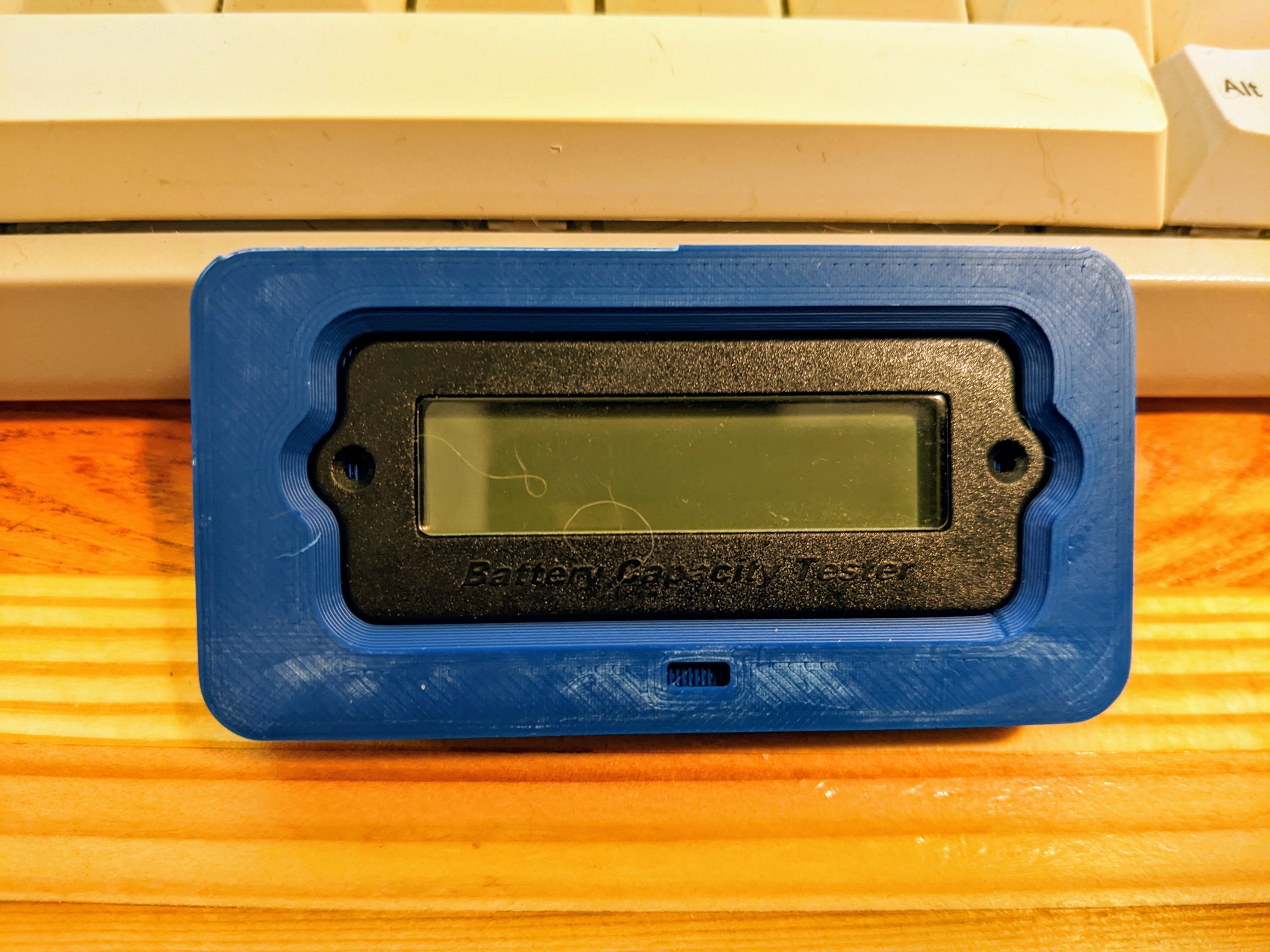view the rest of the comments
3DPrinting
3DPrinting is a place where makers of all skill levels and walks of life can learn about and discuss 3D printing and development of 3D printed parts and devices.
The r/functionalprint community is now located at: or !functionalprint@fedia.io
There are CAD communities available at: !cad@lemmy.world or !freecad@lemmy.ml
Rules
-
No bigotry - including racism, sexism, ableism, homophobia, transphobia, or xenophobia. Code of Conduct.
-
Be respectful, especially when disagreeing. Everyone should feel welcome here.
-
No porn (NSFW prints are acceptable but must be marked NSFW)
-
No Ads / Spamming / Guerrilla Marketing
-
Do not create links to reddit
-
If you see an issue please flag it
-
No guns
-
No injury gore posts
If you need an easy way to host pictures, https://catbox.moe may be an option. Be ethical about what you post and donate if you are able or use this a lot. It is just an individual hosting content, not a company. The image embedding syntax for Lemmy is 
Moderation policy: Light, mostly invisible

I appreciate you not being defensive and just explaining your process in so much detail. I learned something about how finnicky some of these parts can be. I wonder if another strategy would be to trace the part onto paper and scan it, to get an undistorted shape?
And I don't mind explaining things, it's someting I sort of can't help to be honest. I hope it's useful to someone.
Tracing can work, but it's a little fickle too. In this case the part had a small radius on its face. There's also the whole pencil lead has width thing, but it can work OK if you're very intentional at keeping the pencil tip pointing at the part in question.
Flatbed scanners also work fairly well, but they're focused at the glass height and you quickly lose detail if the parts have a radius on them.